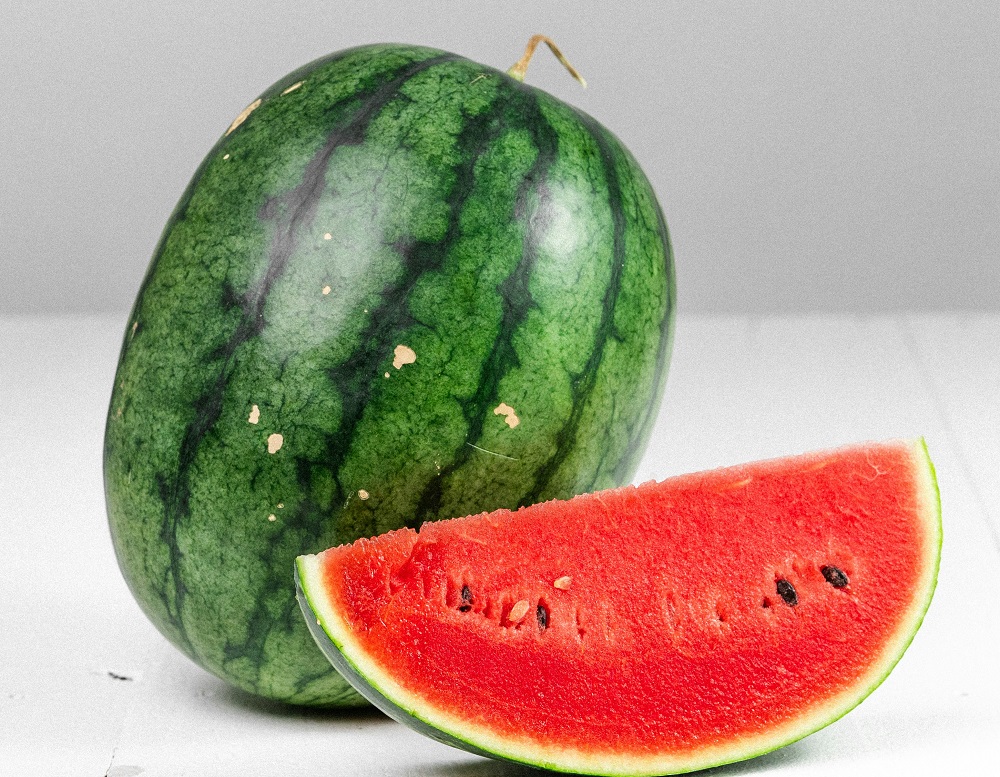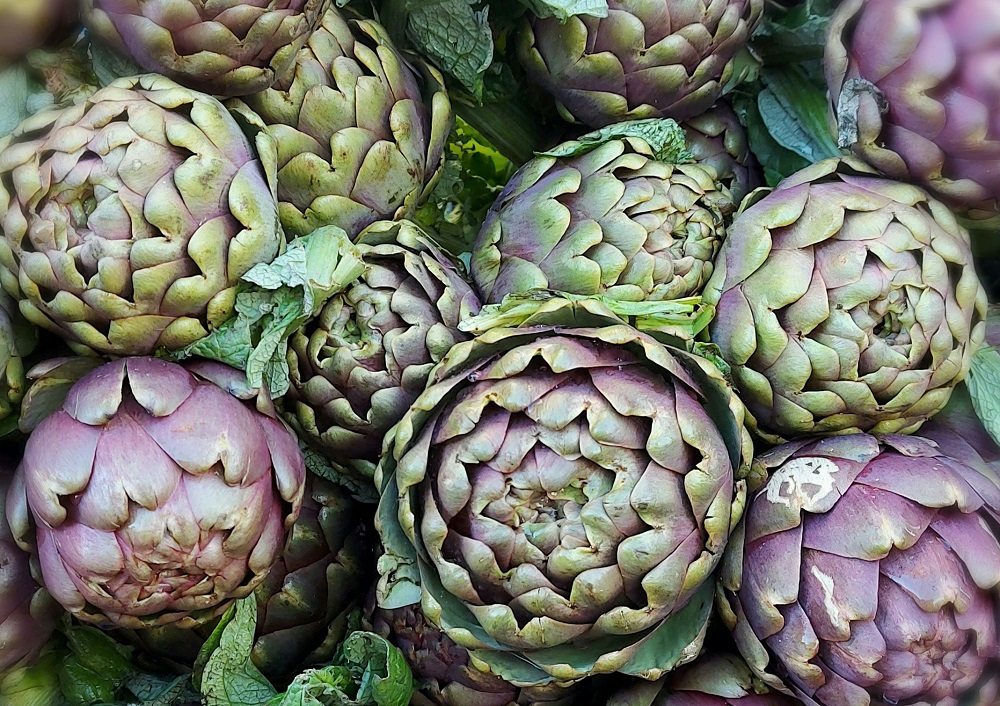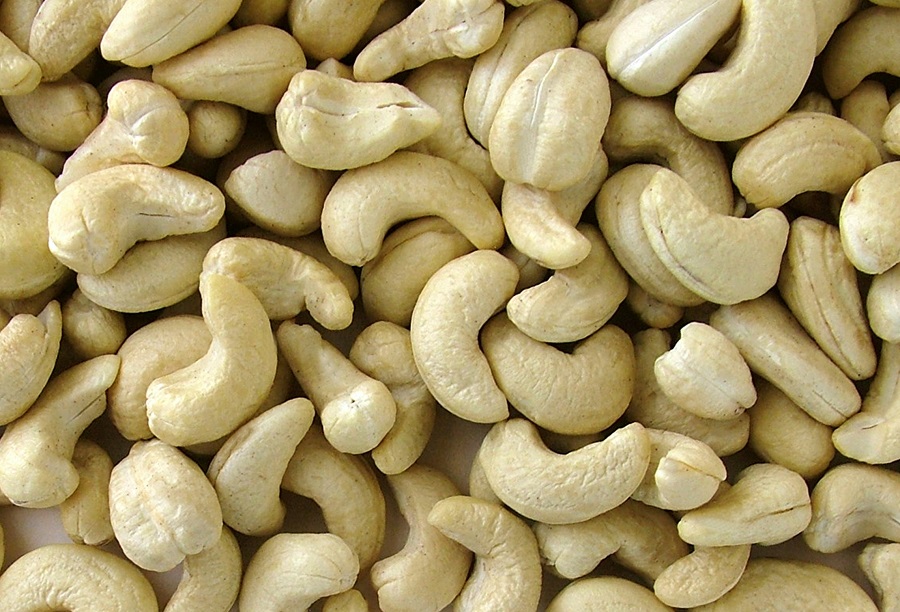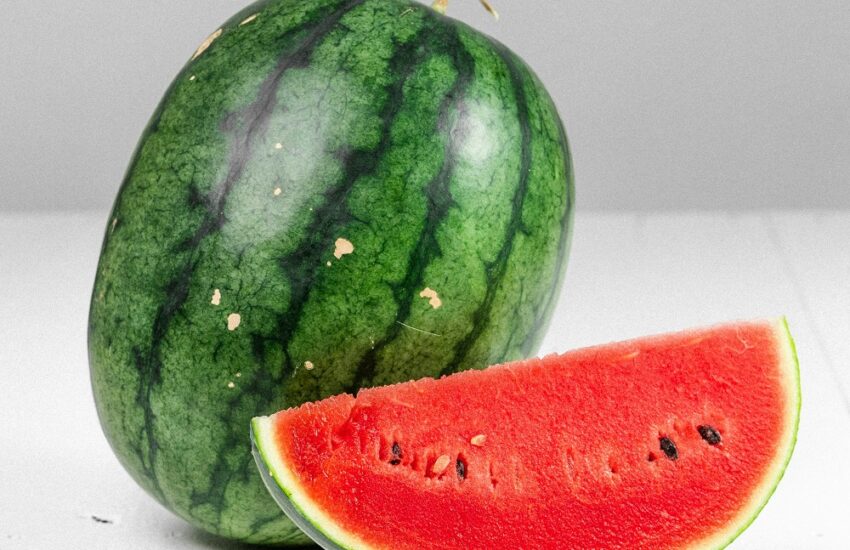Iron deficiency anemia is a common condition characterized by a lack of adequate iron in the body to produce hemoglobin, the protein in red blood cells responsible for transporting oxygen. When the body lacks sufficient hemoglobin, symptoms such as fatigue, weakness, pale skin, and shortness of breath can occur. It’s crucial to address this deficiency through dietary changes, focusing on iron-rich foods. Mohit Tandon from USA suggested 20 Fruits & Vegetables for Iron Deficiency Anemia :
Fruits Rich in Iron –
Fruits are a delicious way to boost iron intake, especially when paired with foods rich in vitamin C, which enhances iron absorption.
1. Dried Fruits
Firstly, Dried fruits like apricots, figs, and raisins are concentrated sources of iron. A serving of dried apricots can provide about 2.7 mg of iron, making them an excellent snack. They can be added to oatmeal, salads, or enjoyed alone. However, be cautious with portion sizes, as dried fruits are high in sugar and calories.

2. Prunes
Secondly, Prunes are famous for their digestive benefits, but they are also rich in iron. A half-cup serving of prunes contains about 0.9 mg of iron. Their natural sweetness makes them a versatile ingredient in both sweet and savory dishes. You can blend prunes into smoothies or use them in baking. – Mohit Tandon USA

3. Berries
While most berries are not high in iron compared to other fruits, mulberries stand out with a notable iron content of about 1.85 mg per cup. These can be eaten fresh, dried, or added to cereals and yogurt for a nutritious boost.

4. Watermelon
Especially, Watermelon contains a small amount of iron—about 0.4 mg per 100 grams—but it is highly hydrating. Its refreshing taste makes it a great addition to summer meals or as a hydrating snack.

5. Citrus Fruits
Basically, Citrus fruits like oranges, grapefruits, and lemons are not high in iron themselves, but their high vitamin C content significantly enhances the absorption of iron from plant-based sources. Pairing iron-rich foods with citrus fruits can improve your overall iron uptake.

Vegetables High in Iron –
Vegetables are essential components of a diet aimed at addressing iron deficiency anemia. Leafy greens, in particular, are excellent sources of iron.
6. Spinach
Spinach is one of the most well-known leafy greens for its iron content. A cooked cup of spinach can provide about 6.4 mg of iron. Its versatility allows it to be used in salads, smoothies, soups, and as a cooked side dish. To enhance iron absorption, pair spinach with a source of vitamin C, such as lemon juice or tomatoes.

7. Kale
Kale is another powerhouse vegetable, rich in iron, vitamins, and antioxidants. A cup of cooked kale contains about 1.2 mg of iron. It can be used in salads, blended into smoothies, or sautéed with garlic for a nutritious side dish.

8. Broccoli
Broccoli is not only a good source of iron, with about 1 mg per cooked cup, but it also contains vitamin C, which aids in iron absorption. This vegetable can be enjoyed steamed, roasted, or added to stir-fries, making it both nutritious and versatile.

9. Swiss Chard
Especially, Swiss chard is rich in iron, with about 4 mg per cooked cup. Its slightly bitter flavor pairs well with garlic and lemon. You can sauté it, add it to omelets, or use it in soups for a nutritious boost.

10. Beet Greens
Often overlooked, beet greens are a nutritious source of iron, containing about 2.5 mg per cooked cup. They can be used similarly to spinach or Swiss chard, added to salads, or cooked as a side dish.

Other Iron-Rich Vegetables
11. Lentils
While technically legumes, lentils are an excellent plant-based source of iron. A cup of cooked lentils provides about 6.6 mg of iron. They are incredibly versatile, perfect for soups, stews, salads, and even veggie burgers.

12. Peas
Green peas are another great addition to an iron-rich diet, offering about 1 mg of iron per cooked cup. They can be added to pasta dishes, salads, or eaten as a side.

13. Potatoes
Potatoes, especially with their skins on, provide a moderate amount of iron—about 1.8 mg per medium potato. They can be baked, mashed, or roasted, making them a comforting side dish.

14. Mushrooms
Certain types of mushrooms, particularly shiitake, are good sources of iron, offering about 2.7 mg per cooked cup. They can enhance the flavor of soups, stir-fries, and pasta dishes.

15. Artichokes
Artichokes are not only delicious but also provide about 0.4 mg of iron per medium-sized artichoke. They can be steamed, grilled, or used in dips and salads.

Nuts and Seeds
Nuts and seeds are excellent sources of iron and can be easily incorporated into snacks and meals.
16. Pumpkin Seeds
Pumpkin seeds are a powerhouse of iron, containing about 2.5 mg per ounce. They can be eaten raw, roasted, or added to salads, granola, and trail mixes.

17. Sunflower Seeds
Sunflower seeds provide about 1.4 mg of iron per ounce. They make a great snack on their own or can be added to salads and baked goods.

18. Cashews
Cashews are not only delicious but also a good source of iron, providing about 1.9 mg per ounce. They can be eaten as a snack, used in stir-fries, or blended into sauces. – Mohit Tandon USA

19. Almonds
Almonds contain about 1.1 mg of iron per ounce. They can be enjoyed as a snack, added to oatmeal, or used in baking.

20. Sesame Seeds
Sesame seeds are an often-overlooked source of iron, providing about 1.2 mg per ounce. They can be sprinkled on salads, used in dressings, or made into tahini.

Conclusion
Incorporating these fruits and vegetables into your diet can significantly help manage iron deficiency anemia. A balanced diet rich in iron, combined with foods high in vitamin C, can enhance iron absorption and improve overall health. Always consult with a healthcare professional for personalized dietary advice, especially if you suspect you have anemia.
